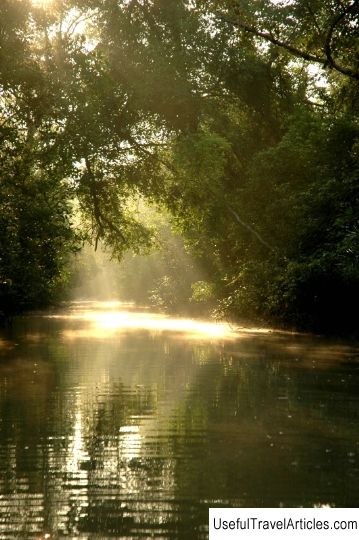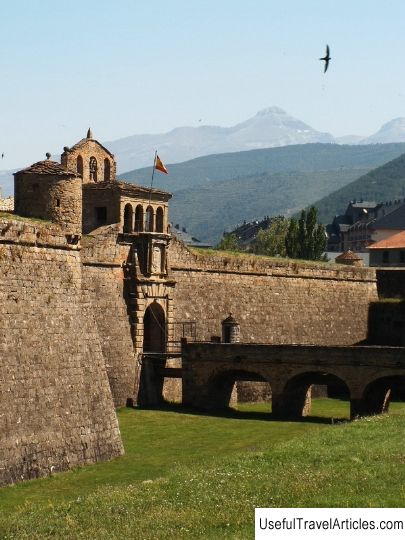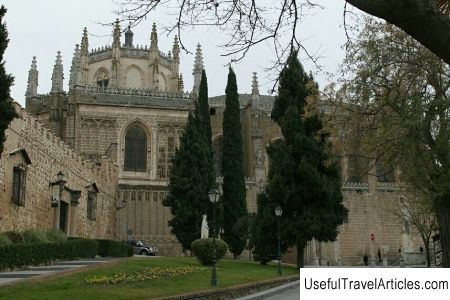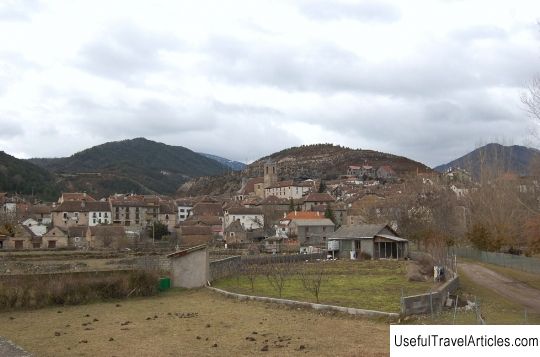Monasterio de San Juan de la Pena description and photos - Spain: Aragonese Pyrenees
Rating: 9,1/10 (2594 votes) 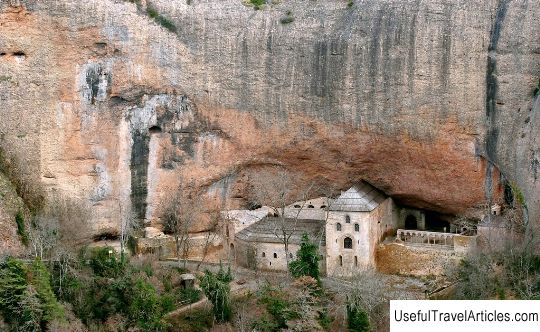
Monasterio de San Juan de la Pena description and photos - Spain: Aragonese Pyrenees. Detailed information about the attraction. Description, photographs and a map showing the nearest significant objects. The title in English is Monasterio de San Juan de la Pena. Photo and descriptionIn the province of Huesca, there is one of the Christian symbols of the Aragonese Pyrenees - the monastery of San Juan de la Pena. The monastery is located near the towns of Jaca and Santa Cruz de la Seros, near the French border. Situated at the foot of the picturesque Mount Halo, the monastery practically cuts into it with a part of the building. The monastery was built in the 11th century and is considered one of the most beautiful structures in Spain, created in the Romanesque style. The construction of the building of the monastery began in 1026 with the assistance of Sancho el Mayor. This beautiful building is especially striking for the beauty of the courtyard (cloister), created at the end of the 11th century. In the courtyard there is a magnificently preserved arcade with amazing capitals, created in the 12th century by the famous sculptor "Master Aguero". The capitals are decorated with sculptural images of biblical subjects, in particular, scenes of the expulsion of Adam from paradise, the resurrection of Lazarus, and others, as well as elements with plant motifs, geometric patterns and images of animals. Monastery of San Juan de la- Pena is also famous for the fact that the Royal Pantheon is located within its walls, in which the remains of the kings of Aragon and Navarre, who ruled for 5 centuries, are buried, as well as especially significant representatives of the nobility. One of the local legends says that the Holy Grail was kept in the walls of the monastery for a certain time - the cup that Christ had at the Last Supper and where Joseph of Arimathea later collected blood from the wounds of the crucified Lord. On July 13, 1889, the Monastery of San Juan de la Pena was declared a national historical and architectural monument, and a new monastery building was erected nearby on the mountain.      We also recommend reading Resort park description and photos - Russia - Caucasus: Zheleznovodsk Topic: Monasterio de San Juan de la Pena description and photos - Spain: Aragonese Pyrenees. |
